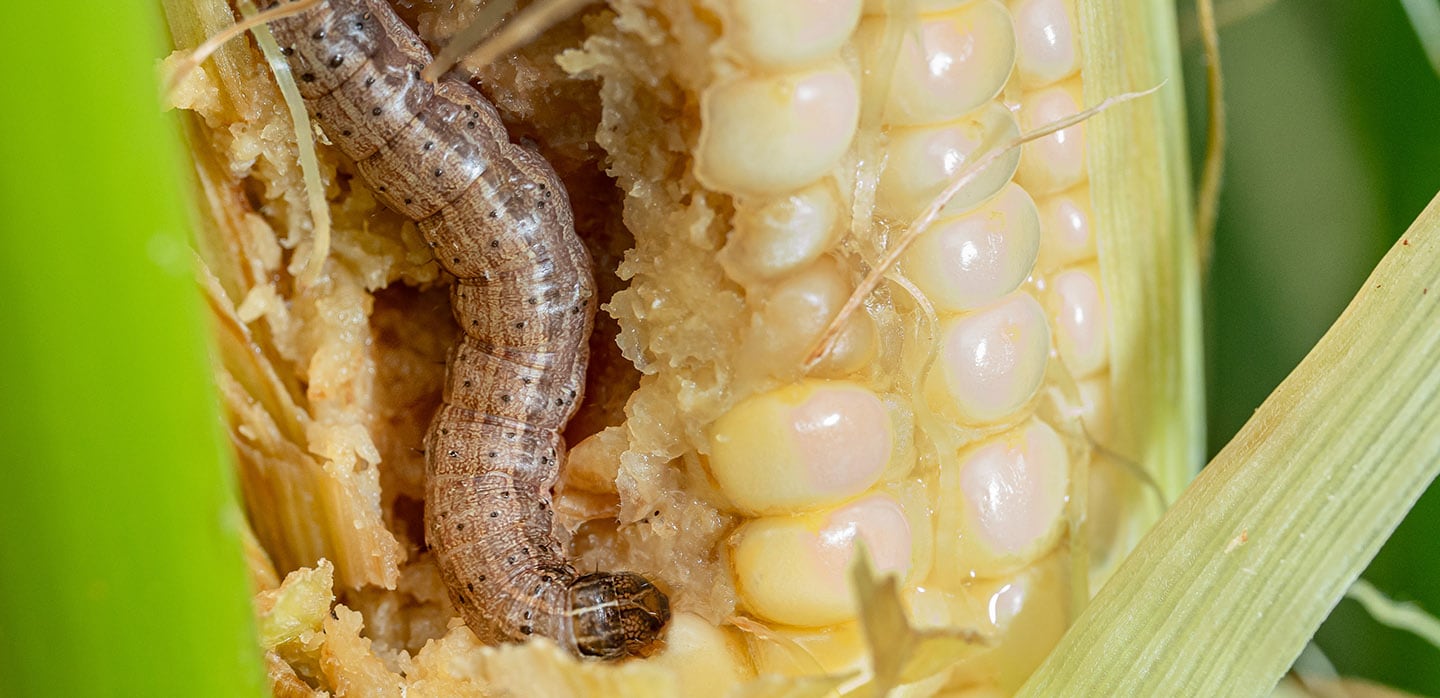



In the latest news in the agricultural world, farm owners and the staff are stepping up their efforts to combat one of Australia’s newest pests. The armyworm has gnawed its way into farms of every region except the ones down south. Hence, in order to eradicate this problem once and for all, growers have joined hands with biosecurity experts. This prolific pest is wreaking havoc on crops and other valuable items present on the premises of the farm. The nation’s horticulture research and development corporation, Hort Innovation, is delivering a suite of targeted defence measures against the pest.
Research to identify natural predators, like the armyworm, deliver rapid diagnostic tools, and education measures are just some of the projects in the RDC’s armoury. Hort Innovation R&D general manager Alison Anderson has stated that the pest has caused significant damage in parts of the country where some sweetcorn growers have lost entire crops. Therefore, they are working with growers and the nation’s leading researchers to give the horticulture industry the tools it needs to help manage this prolific pest. Funded through Hort Innovation, the projects are being led by Queensland’s Department of Agriculture and Fisheries (DAF), Agriculture Victoria and the Cotton Research and Development Corporation.
When the armyworm is fed enough, it turns into a moth which can cause catastrophic damage to crops in southern and eastern Africa. When thousands of these small pests fall into a field, the harvest is quickly destroyed. The wandering pests gnaw across the whole country. This worm is mainly fond of destroying corn crops. These spot-camouflage caterpillars crawl from field to field as if they’re marching into battle – that’s why they are called armyworms. In huge numbers, they march from grasslands to crops, where they eat everything that is in sight.
Article by: Hari Yellina (Orchard Tech)